廣告 ADS
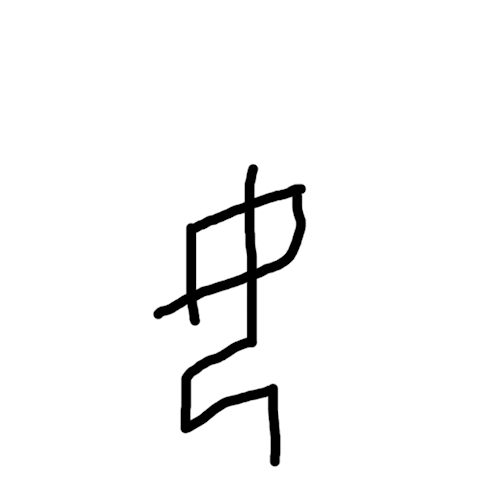
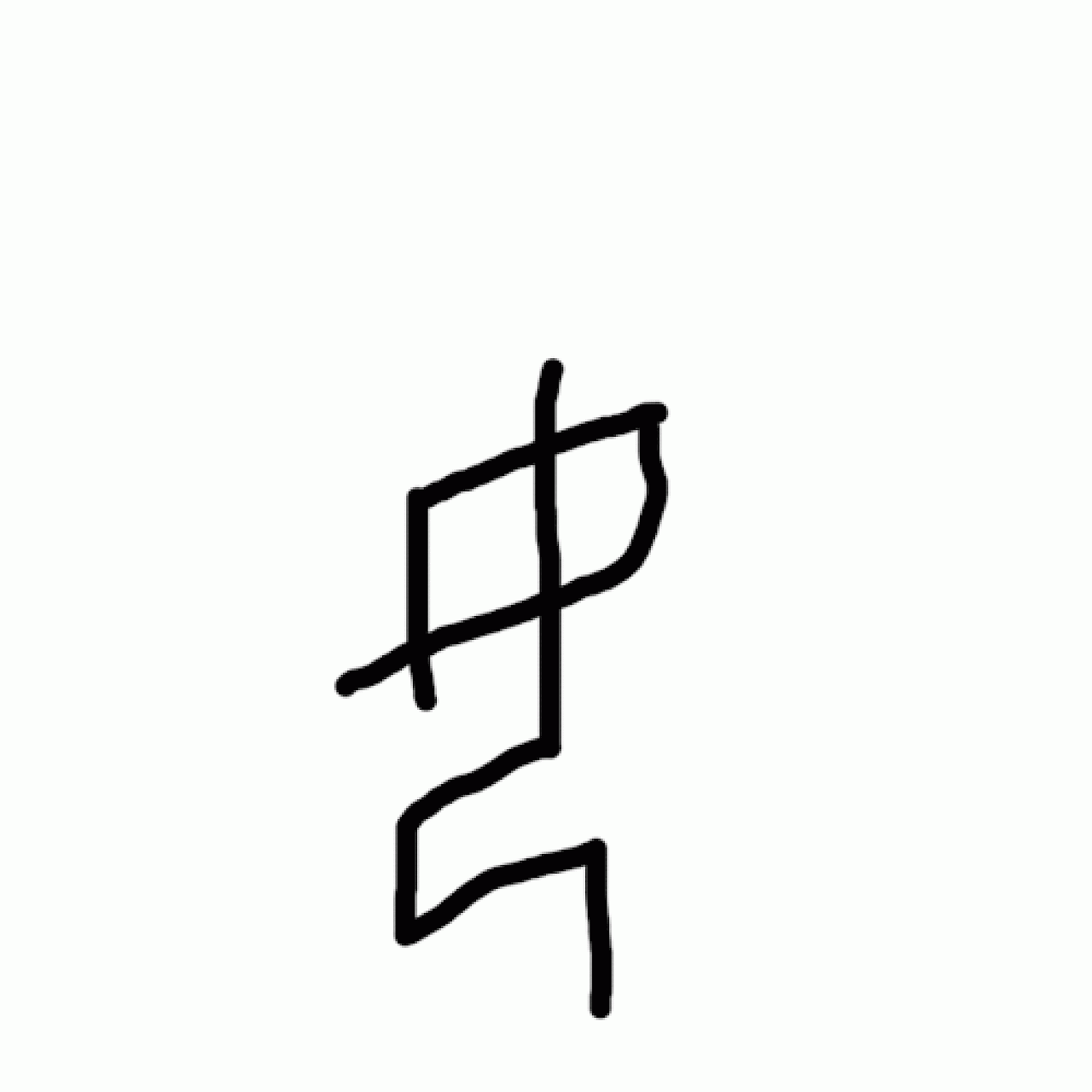
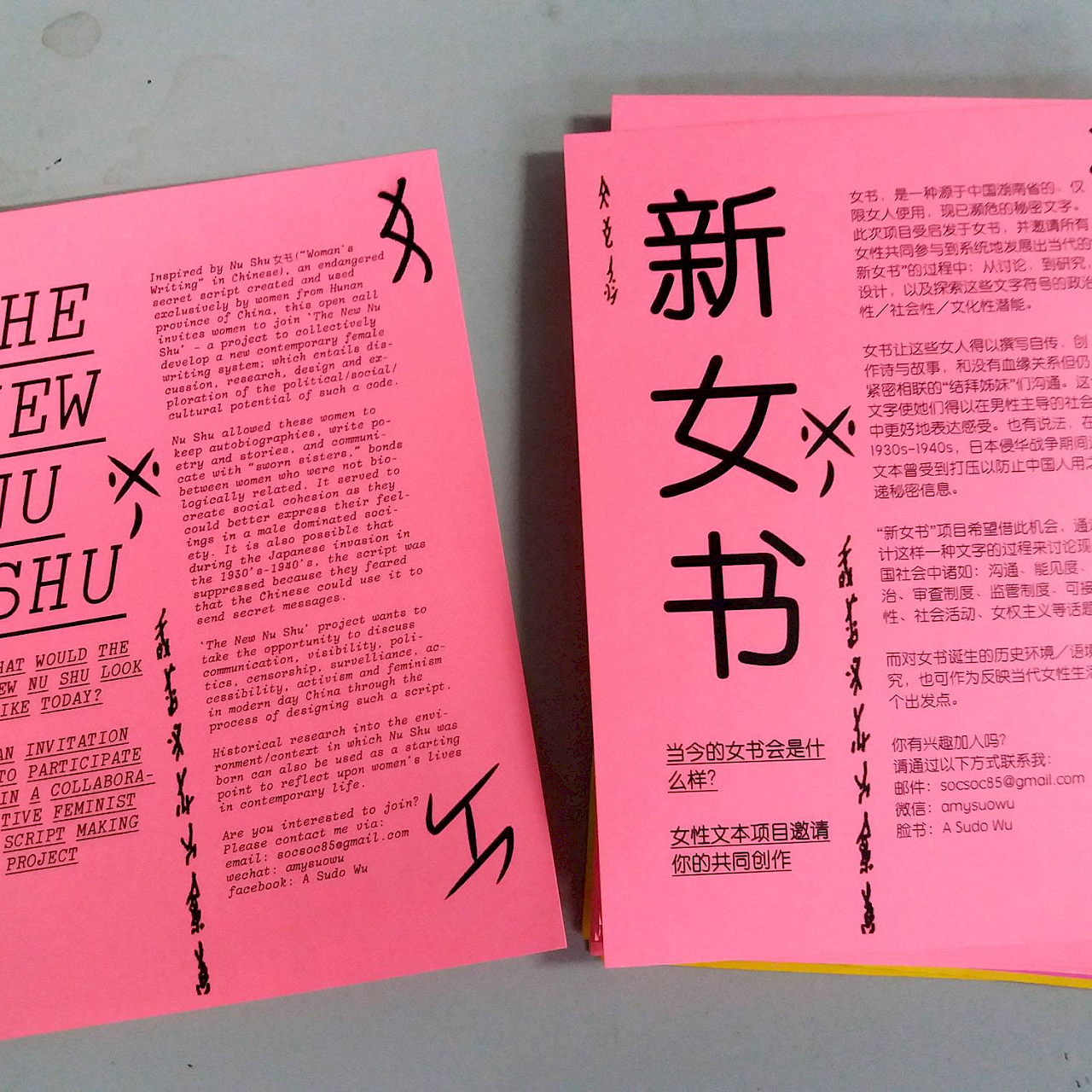
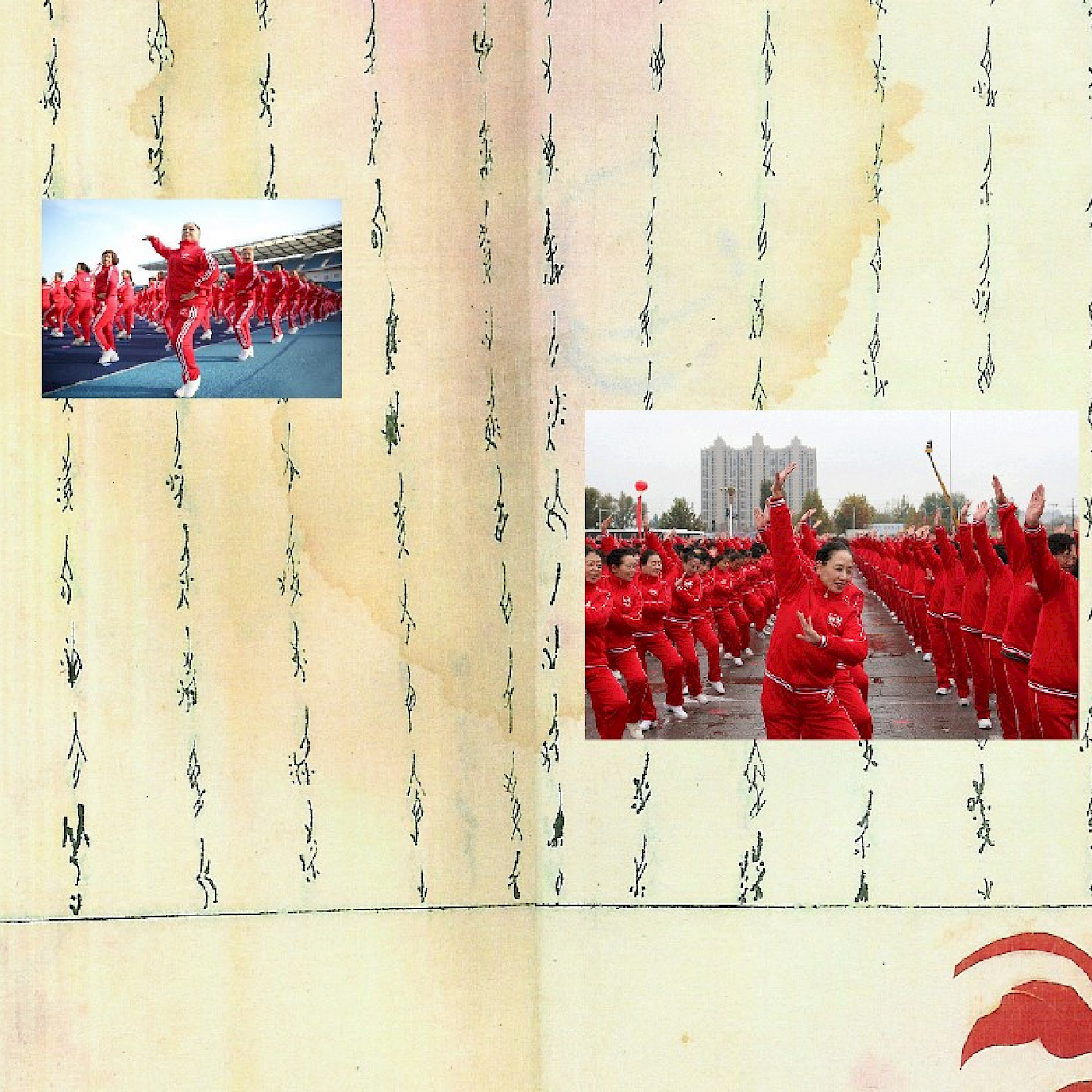
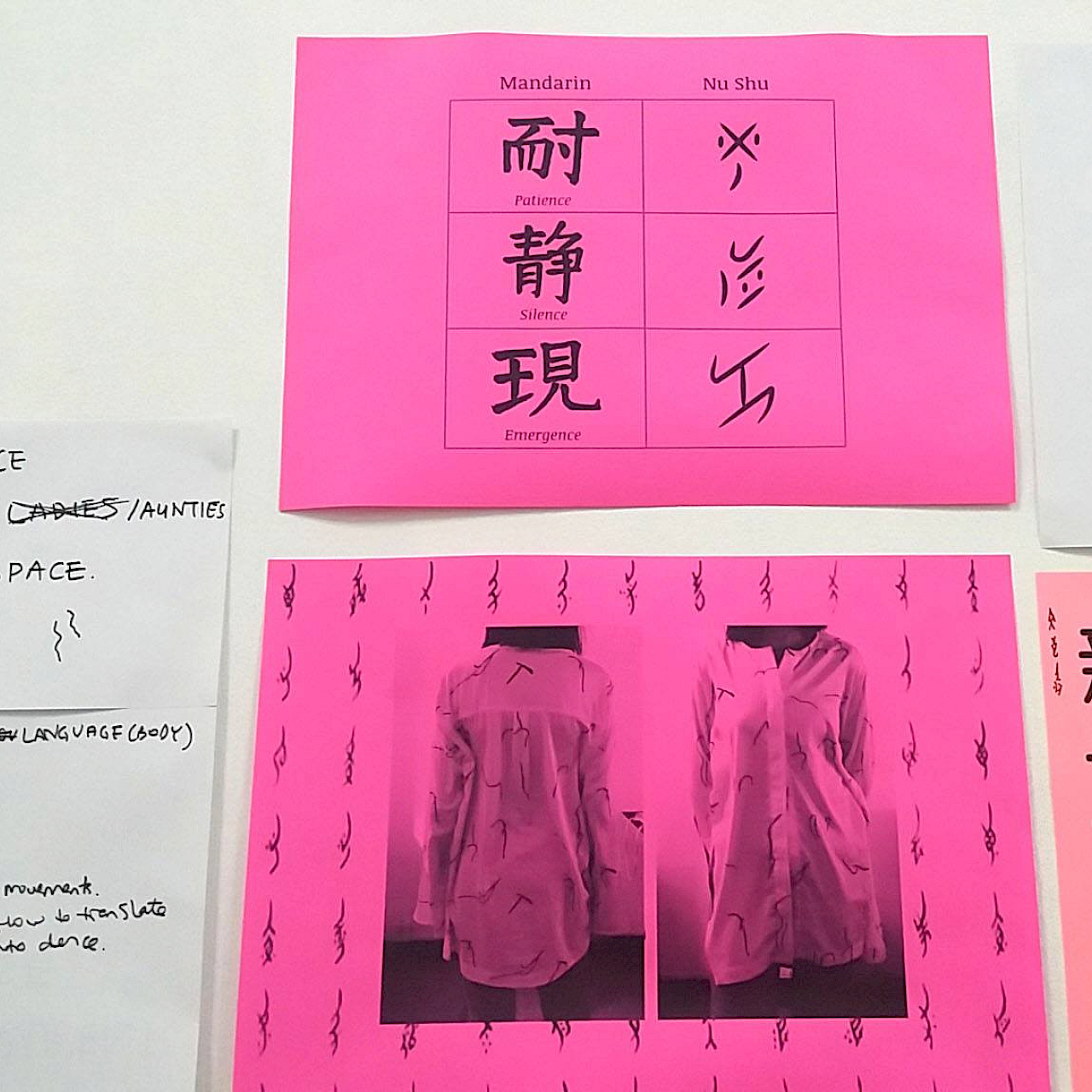
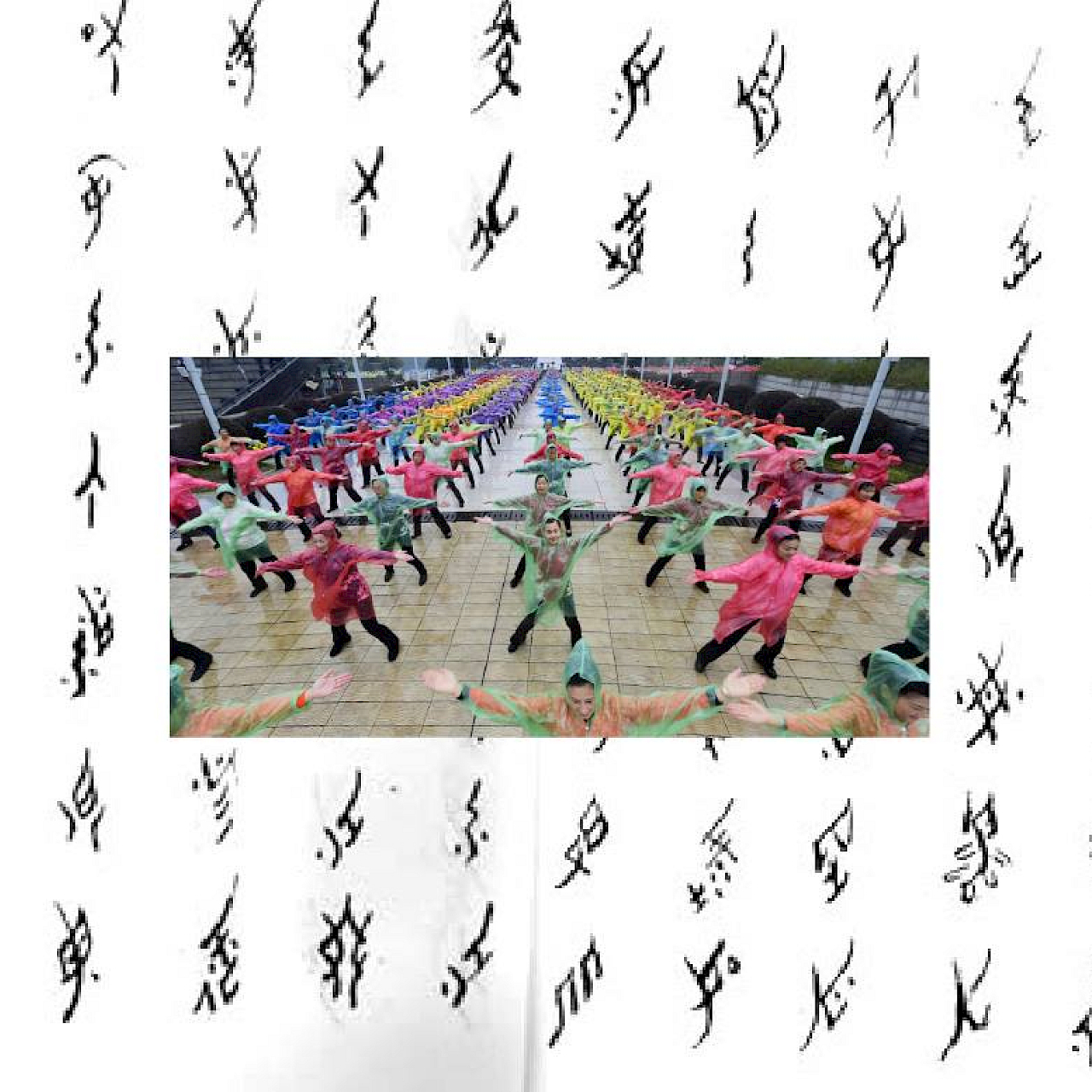
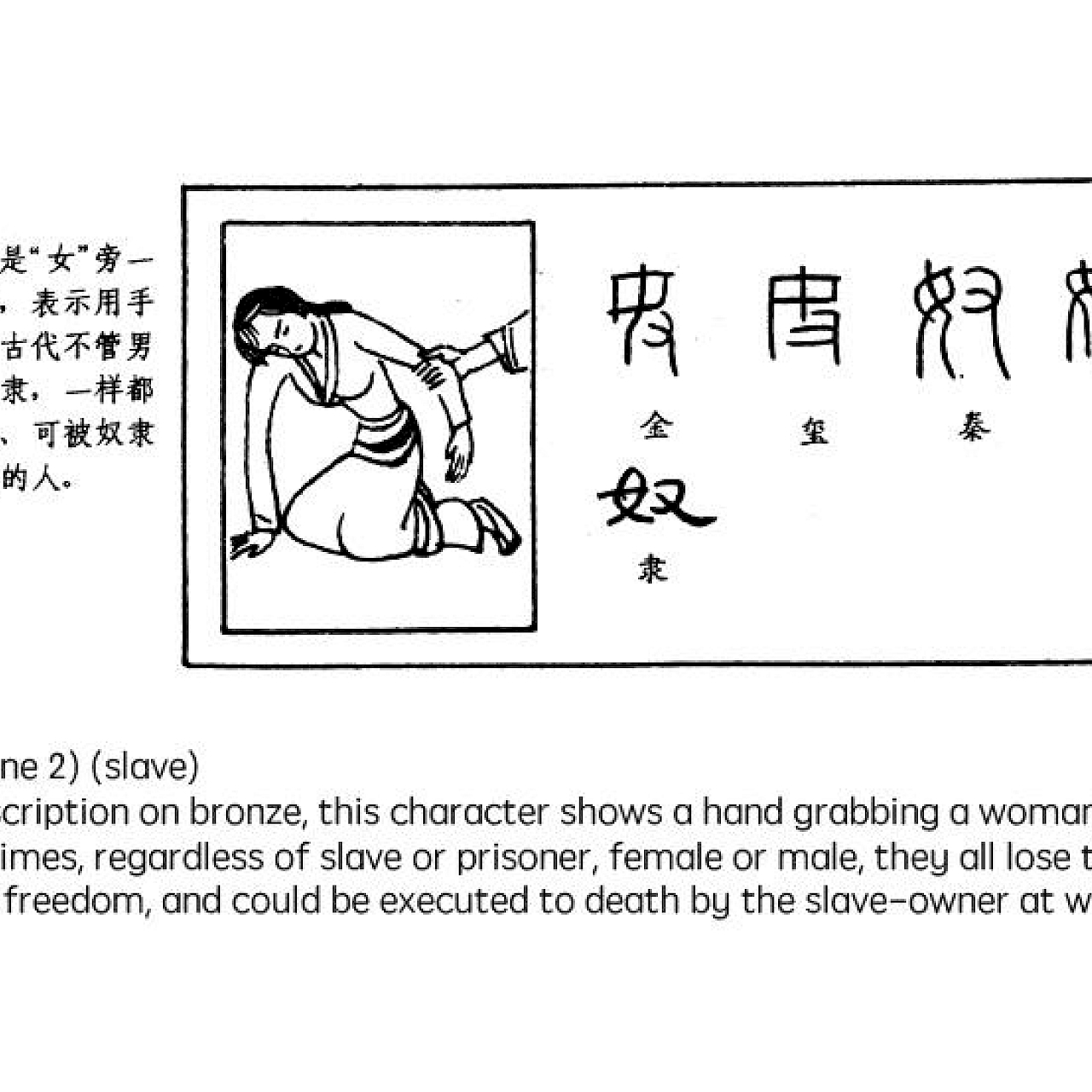
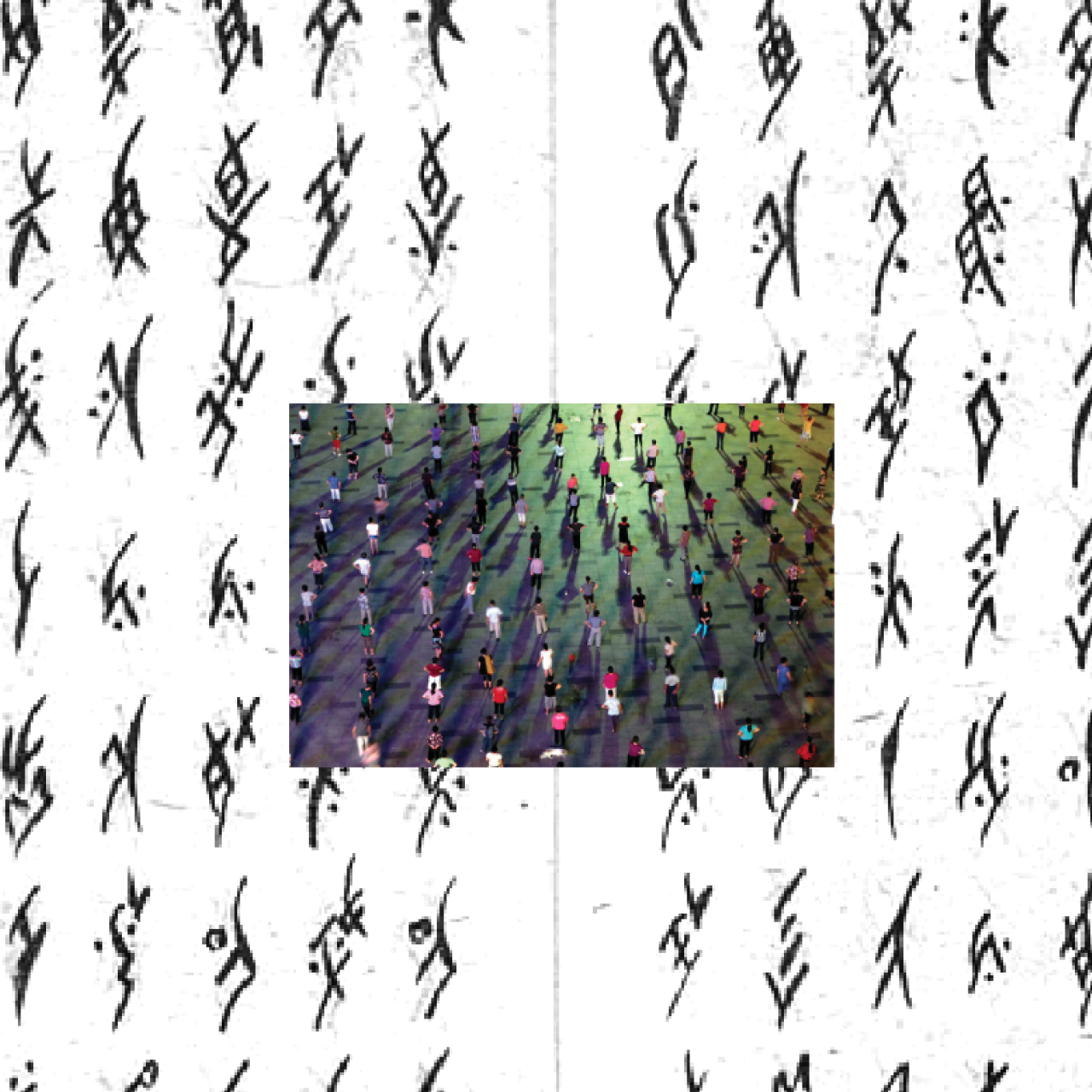
New Nüshu
“Tactics and Poetics of Invisibility”
吳索 Amy Suo WU is an artist, graphic designer and educator researching how technology, language and media shape people and vice versa. Her research-based hybrid practice is an exploration into how to activate and intervene in critical and playful ways. During a recent residency in Beijing, she began a project inspired by 女書 nüshu, or “women’s writing”, that developed in Hunan during Qing period China. The images and notes below have been taken from her on-going research:
Since 2015, i’ve been busy with a research project called “Tactics and Poetics of Invisibility” where I resuscitate and experiment with analog steganography and alternative forms of communication in the age of pervasive digital surveillance. Steganography is a form of secret writing that hides private information in public information – it is the art and science of hiding in plain sight. There are two types of steganography, namely technical and linguistic, and i’ve researched, exhibited, given workshops and performed with various techniques. One technique i’ve spent a lot of time with is invisible inks, a form of technical steganography. They are inks that are invisible until it is activated by optical, mechanical, chemical or thermal means. One on hand through analogue forms of steganography my project aims to combat high-tech surveillance while offering low-tech protection possibilities. On the other hand, it aims to explore the poetic and creative potential in forming alternative modes of communication to strengthen community bonds.
My initial plan for my residency in Beijing was to research political memes that use homophonic puns to say one thing while referring to another in order to evade and slip through online censorship restriction, e.g Cao ni ma. One can see this as a kind of phonetic steganography. However when I arrived I became totally absorbed by Nüshu 女书 (“Woman’s Writing” in Chinese). It is an endangered secret script created and used exclusively by women from Hunan province of China, reaching a peak of usage during the latter part of the Qing Dynasty (1644–1911). Nüshu allowed these women to keep autobiographies, write poetry and stories, and communicate with “sworn sisters,” bonds between women who were not biologically related. It served to create social cohesion as they could better express their feelings in a male dominated society. It is also possible that during the Japanese invasion in the 1930’s-1940’s, the script was suppressed because they feared that the Chinese could use it to send secret messages.
I was drawn to Nüshu’s subversive/tactical potential as a code to evade surveillance and social potential to form community, however it quickly became clear that issues of gender and Chinese feminism needed to be addressed in combination with the former two threads. This is the premise under which The New Nüshu project was born! Inspired by the original Nüshu, I started to think about what the new Nüshu would look like if it existed today. I wanted to initiate a project to collectively develop a new contemporary female writing system; which entails discussion, research, design and exploration of the political/social/cultural potential of such a code. This became the pre-text for me to invite other women to come together to share stories, experiences and knowledge and discuss what it’s like to be a female living in China today.
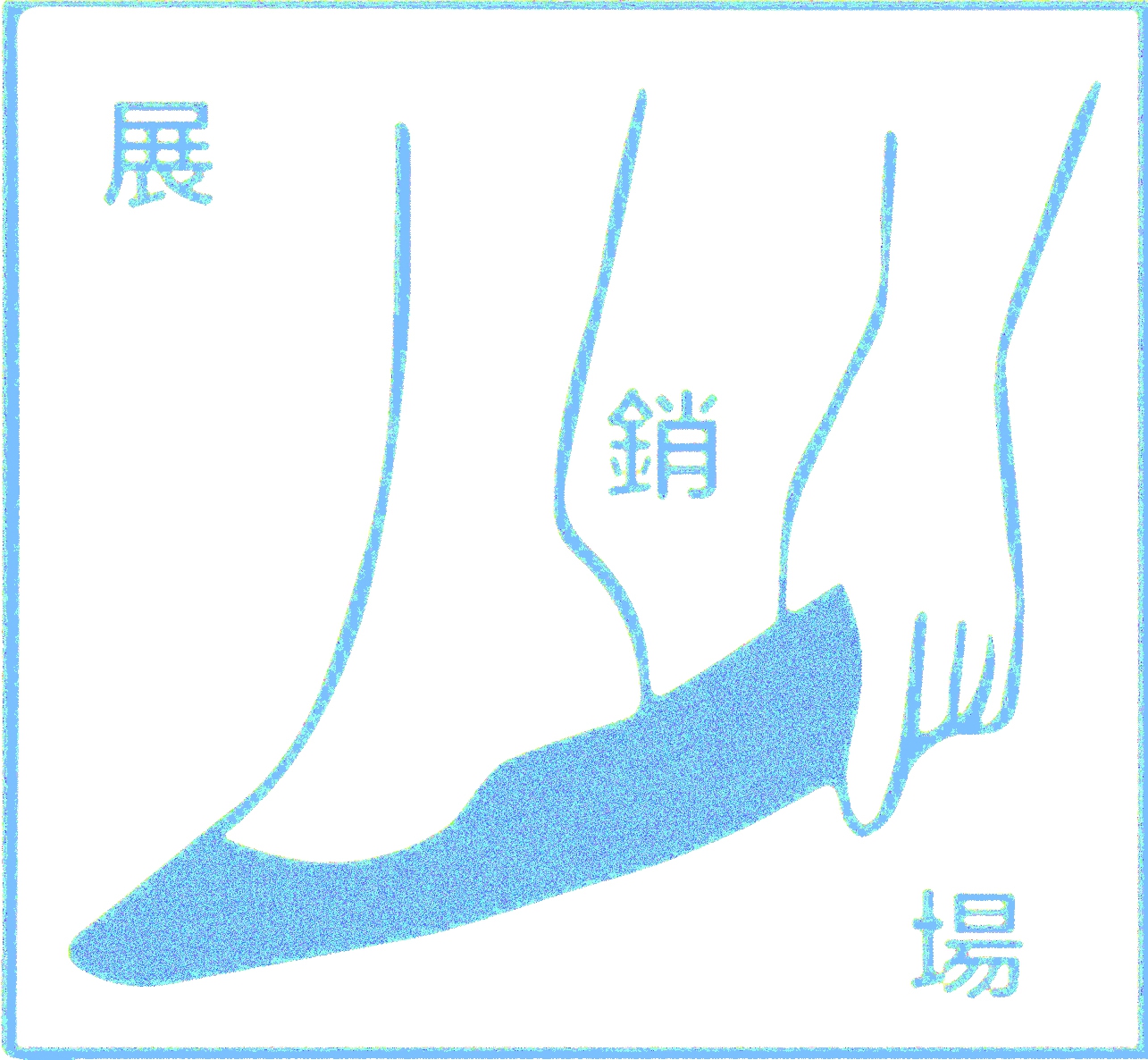
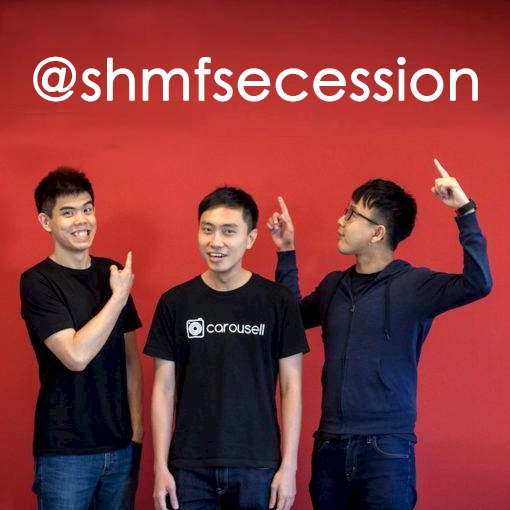

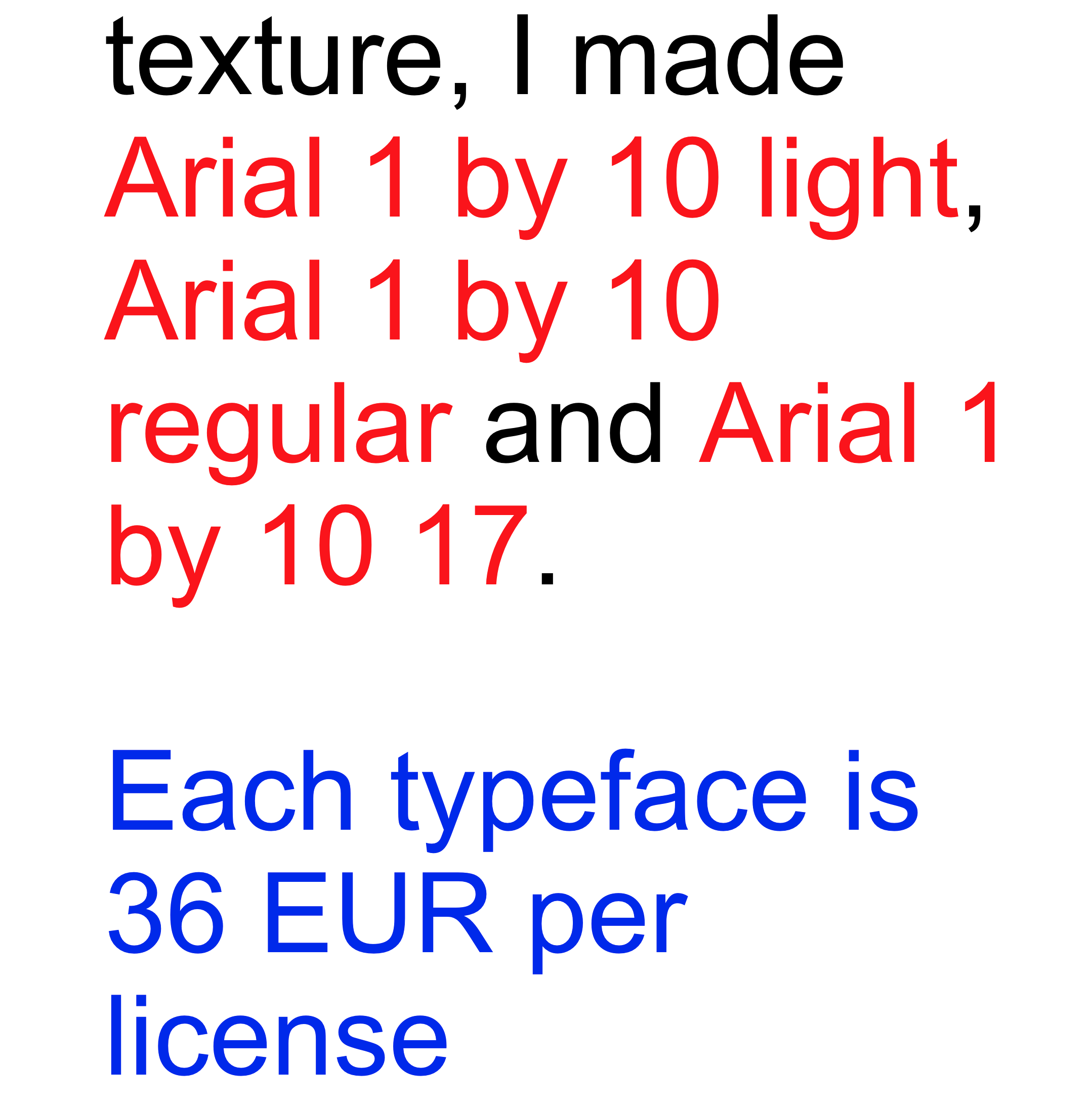
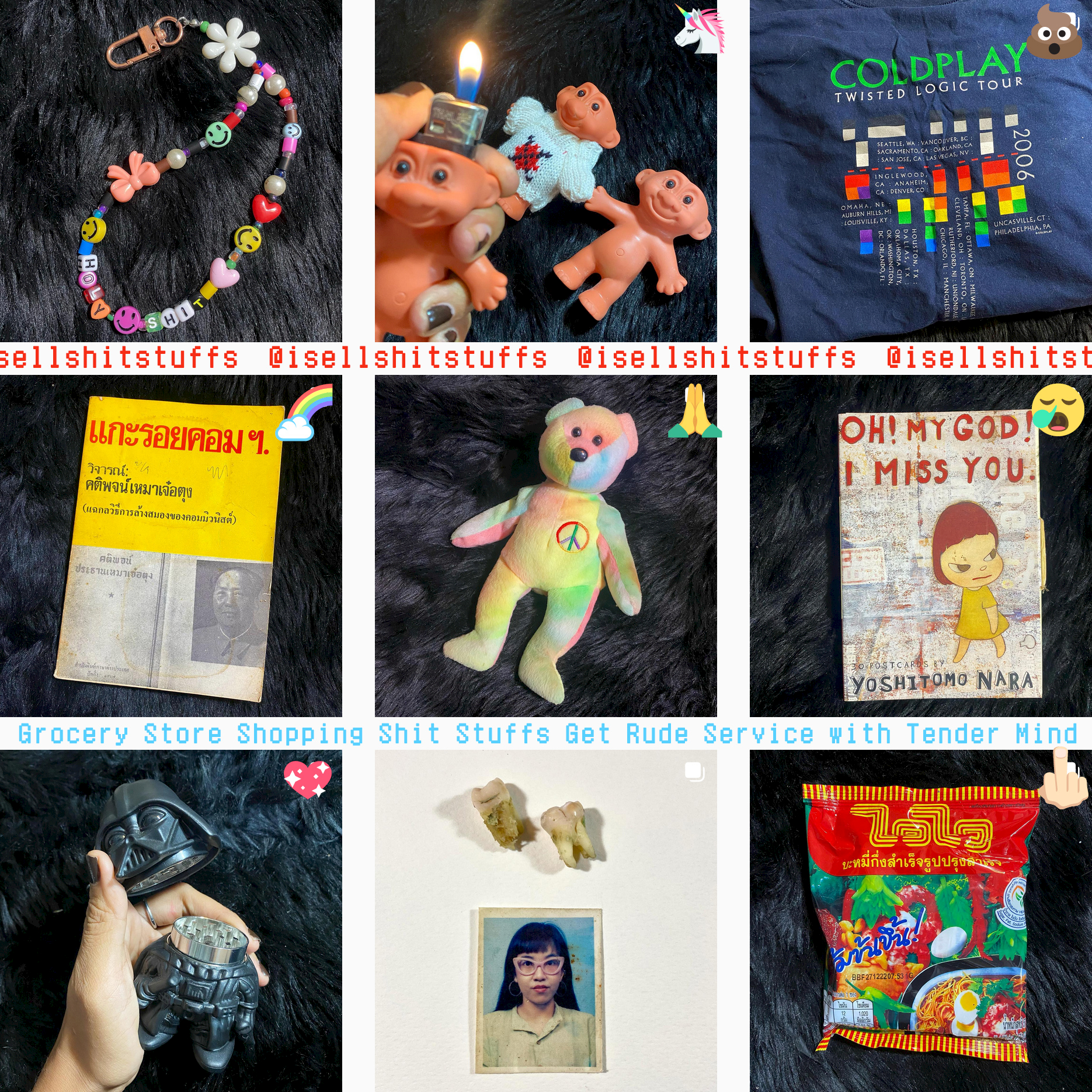
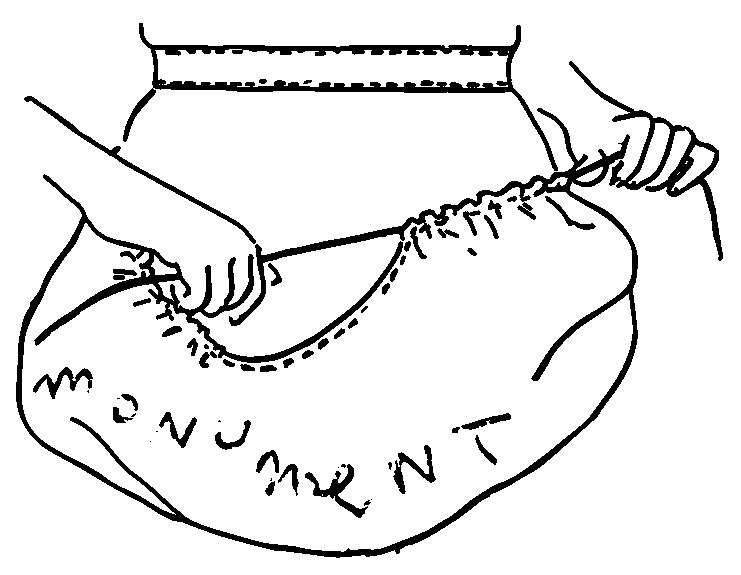
評價 Reviews
Your e-mail address will not be published
* 必填 Required fields